The FCPA Year in Review: Twist and Shout (Part I of II)
 We all like annual reviews and predictions for the upcoming year – it is a New Year’s rite of passage and one that brings perspective and a sense of order to our otherwise chaotic lives.
We all like annual reviews and predictions for the upcoming year – it is a New Year’s rite of passage and one that brings perspective and a sense of order to our otherwise chaotic lives.
Call it what you want – 2014 was another big year for FCPA enforcement. That is the headline everyone will see and probably remember. Underneath the headline, there is much more to this story.
DOJ and the SEC had a good year – in fact, a very good year.
It is not just a year that will be remembered for the Alstom and Avon last second resolutions. Nor will the year be remembered for total settlements reaching approximately $1.5 billion, a strong second to the record-setting year of 2010 in which FCPA settlements (including BAE) reached $1.8 billion.
In fact, FCPA enforcement in 2014 should be characterized a different way – call it the maturation of FCPA enforcement, with some twists and turns, some of which may portend significant trends down the road.
While 2013 was the year of individual prosecutions, 2014 was a return to corporate blockbuster settlements.
Two settlements netted the Justice Department over $1 billion for the US Treasury – the year started out with the Alcoa settlement for $384 million, and ended with the Alstom settlement for $772 million. That was a fitting beginning and a fitting end to the year.
What was missing this year was the continued ramp up of FCPA enforcement against individuals. After a record-setting year in 2013 (including the unsealed indictments in 2014) on individual criminal cases (putting aside the Shot Show sting debacle), the Justice Department and the SEC did not charge many individuals this year, leaving some to wonder if next year, 2015, could see a return to individual cases or a continuation of blockbuster settlements, since Wal-Mart, Qualcomm, Embraer, Microsoft and other significant cases remain to be resolved.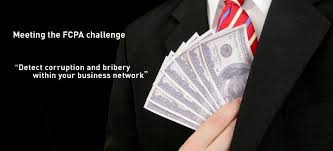
The Justice Department brought criminal charges against nine individuals: the co-CEO from Petro Tiger; six individuals, only one of whom has been apprehended in Austria and awaiting extradition, in the India mining case; and two additional executives in the Direct Access Partners case (who plead guilty in 2014).
DOJ also collected guilty pleas from four individuals – an Alstom executive plead guilty; two more executives from Direct Access Partners plead guilty; and the former BizJet CEO plead guilty.
Even though DOJ did not bring a significant number of criminal cases against individuals this year, its success in securing guilty pleas demonstrates that it is committed to bringing strong criminal cases.
The SEC has continued to use, almost exclusively, administrative proceedings to charge and prosecute corporations and individuals with FCPA violations. The SEC had a successful year in prosecuting corporations but little success, much less action in prosecuting individuals.
The SEC made two important points in its enforcement actions this year – first, that even smaller companies like Smith & Wesson ($2 million settlement) have to design and implement appropriate anti-corruption compliance programs when entering high-risk markets; and second, companies like Bruker ($2.4 million settlement) have to pay attention to their controls for gifts, meals, travel and entertainment expenditures.
Until close to the end of 2014, the SEC had not charged any individuals for FCPA violations. In a settlement action announced in November, 2014, the SEC resolved two individual actions against defense contractor executives for improper gifts, meals and entertainment payments to foreign officials in Saudi Arabia.
In court, the SEC did not have much success – the Noble Corporation executives, Mark Jackson and James Ruehlen, were scheduled to begin trial in July 2014, but they received a sweetheart no-penalties settlement when the SEC folded its case right before trial.
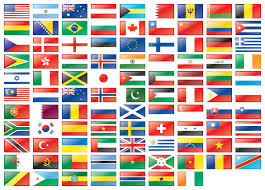 Most significantly, 2014 should be remembered as the year of globalization of anti-corruption enforcement. It is clear that the Justice Department’s efforts to coordinate with foreign enforcement agencies is bearing fruit, and has grown far beyond evidence collection and proactive investigations (e.g. Cilins case). This trend was reflected in a first – DOJ’s agreement with the Dutch government to settle the SBM Offshore case for $240 million.
Most significantly, 2014 should be remembered as the year of globalization of anti-corruption enforcement. It is clear that the Justice Department’s efforts to coordinate with foreign enforcement agencies is bearing fruit, and has grown far beyond evidence collection and proactive investigations (e.g. Cilins case). This trend was reflected in a first – DOJ’s agreement with the Dutch government to settle the SBM Offshore case for $240 million.
Last year, China entered the global anti-corruption enforcement arena with the GSK enforcement action. The global business world shuddered with concern about China’s entrance. The GSK case, however, ended with a fizzle when GSK individuals received suspended sentences and the company was fined $492 million.
Finally, it is important to note that DOJ won the Esquenazi appeal in the 11th Circuit and resolved for good the issue of whether state-owned enterprises are covered by the FCPA statute. The court in Esquenazi set forth a two-part test for determining whether a company is an “instrumentality” — if (a) it is controlled by the government of a foreign country and (b) performs a function that the controlling government treats as its own. For pharmaceutical and medical device companies, the resolution of this issue confirms what everyone has assumed for years – doctors and healthcare officials are “foreign officials” for purposes of the FCPA.







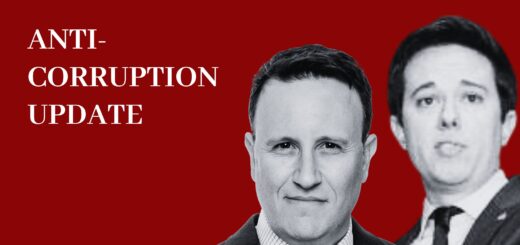

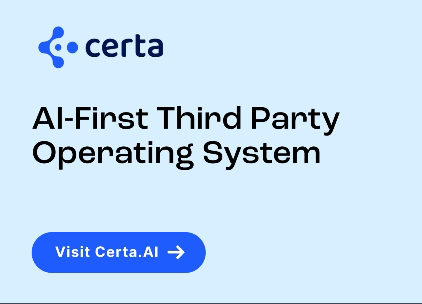



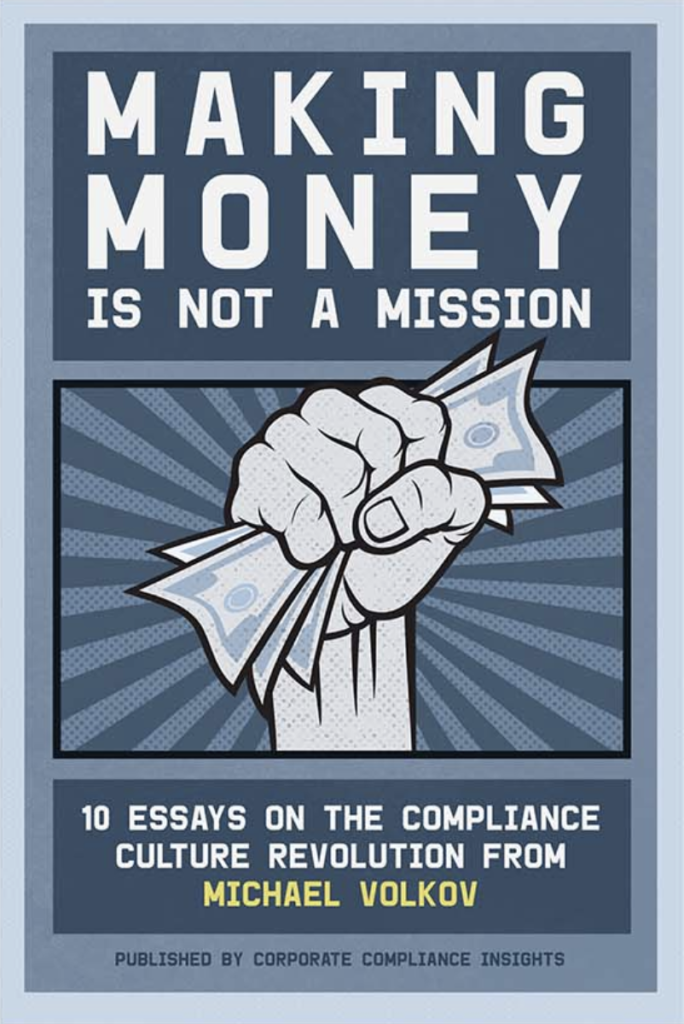
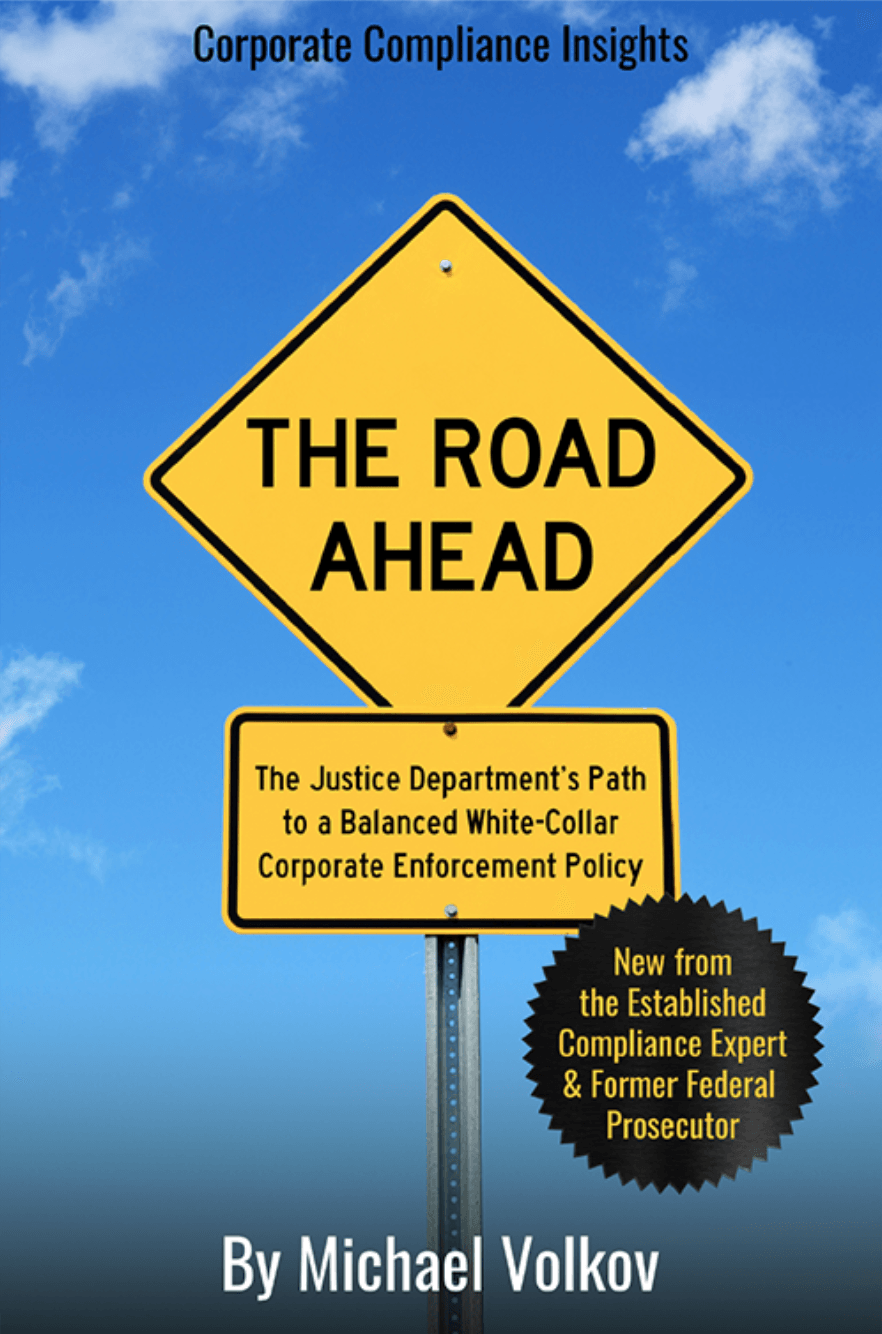

1 Response
[…] via The FCPA Year in Review: Twist and Shout (Part I of II) – Corruption, Crime & Compliance […]